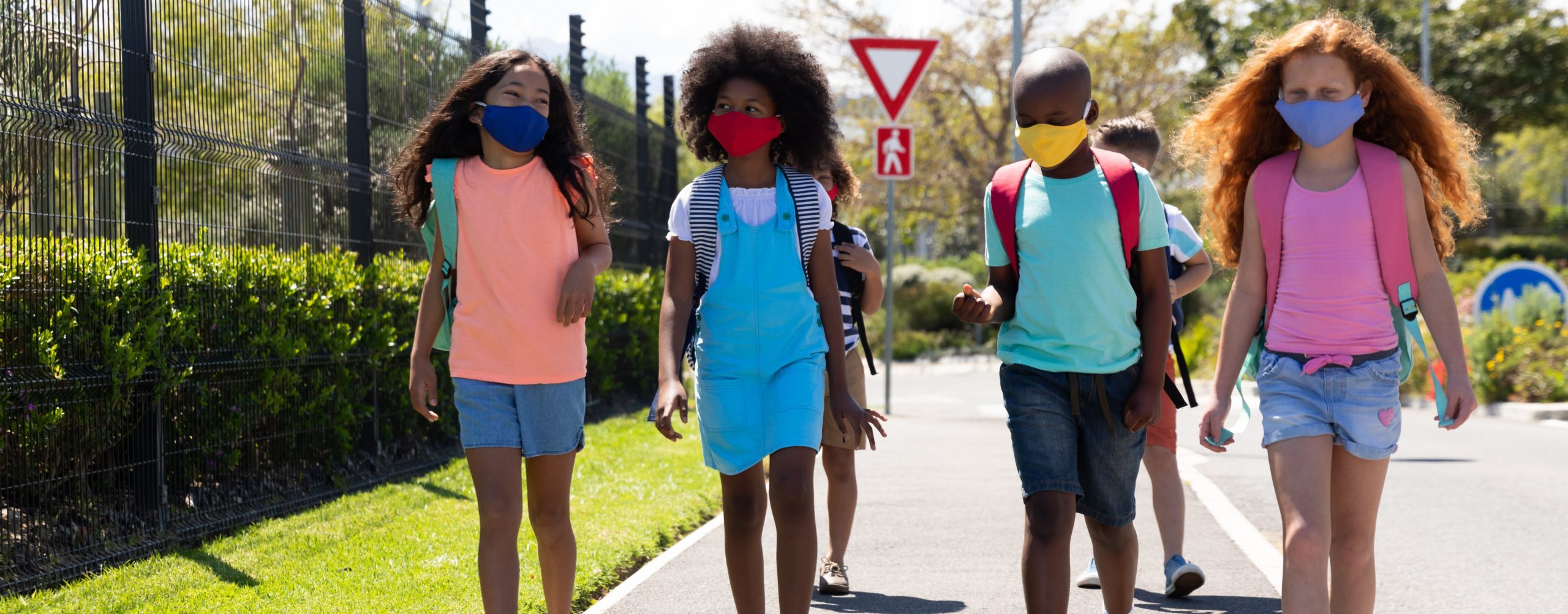
When vaccines were approved to counteract the devastating effects of the global pandemic, many felt tremendous relief at the thought of life returning to a semblance of normality. But with the surging Delta variant now at play, especially in Florida, we are once again donning masks and adapting to mandates. There is no doubt that some of these issues are polarizing, but we can choose to look beyond political disagreements and focus on our children, find consensus to meet their mental health needs during this historically challenging time.
This is an unprecedentedly confusing season for all of us — even more so for children who may not fully understand the constant changes we are all facing. As our little ones return to school, they may encounter different rules there than at the local mall, for example. What presents a danger and what doesn’t in the face of an invisible, indiscriminate virus?
A good place to start is to ensure your children understand as much as they can about the virus and the choices your family (and their school) are making. Most schools are doing their best to communicate their policies to teachers and parents, and enforce them for everybody’s safety. You can do your part by helping your child understand, in an age-appropriate way, what we know about the virus and why we are changing our behavior to protect the health of ourselves and others. There are great articles for older kids and, since most children love watching animation, you can augment your conversation with countless well-produced YouTube videos for all ages on understanding the virus, how vaccines work, why we are wearing masks, and how to manage worries about Covid-19.
Talk About the Science and Their Safety
Our understanding of the science of the virus is constantly evolving based on new data, and so the messages we are receiving from experts and authority figures are changing, too. This is confusing and frustrating for adults, so imagine how confounded our children must be! Keep the lines of communication open and make the topic approachable and open to discussion.
In general, these tips are helpful:
- Communicate often, especially when mandates/rules change.
- Explain that scientists and researchers are learning more about the virus every day. Reinforce that, as we learn more and understand the virus better, we need to change our behaviors based on the best knowledge we have at the time.
- Because change can be scary, explain to children that we make behavioral changes (like wearing a mask again) because we know more now. We are always adapting so we can be as strong as possible in our fight against the virus.
- Of course, in order to do this, we must follow the latest developments from reputable sources. These include national agencies like the Centers for Disease Control and Prevention, the World Health Organization, and the National Institutes for Health. You can rely on scientific research published in scientific journals like The Lancet, the New England Journal of Medicine, and the Journal of the American Medical Association which are all highly reputable and, most importantly, peer-reviewed and validated.
- On the flipside, avoid sharing fearmongering, unsubstantiated rumors and stories that spread like wildfire on social media platforms. Encourage older children to use their common sense thinking to evaluate the truth of rumors they hear. You can even help them cross-reference and check these stories against the valid data provided by long-standing and distinguished organizations.
- Children look to the trusted adults in their lives to model behavior that they then tend to adopt themselves. This means if you remain calm, measured in your responses, and reasonable, your children are more likely to feel safe and display those same traits.
- Of course, more anxious children may need more time to accept and adapt to change and may require more of your time and attention during this time.
Why Change is Hard for Children
Change is difficult for children. Transitions of any kind require quite a lot of mental processing skills – skills that children may not have fully developed yet, so patience is required. Returning to school represents an enormous change for children, many of whom have spent more than a year being home schooled. It may feel daunting, even for the most self-confident child. We offer an online training on “Implementing Effective Transitions for Children” that is accompanied by a handy, printable tip sheet on the subject.
Of course, some situations unique to being back in school may arise again after lying dormant during the pandemic. Issues like bullying, difficulties socializing or making friends, having to share with others, focusing on work, and simply taking turns may all need to be handled anew by teachers and parents.
There are ways you can make back-to-school better, however, even for children who have become accustomed to having parents close by at all times during the pandemic.
Acknowledge Anxiety:
Feeling anxious or afraid is normal and okay – everybody feels these emotions from time to time. Teach your child that we can name and manage our emotions. Remind them that they have been afraid before and will likely be afraid again but they can control their responses to fear. This will help lower anxiety by providing perspective. You can remind them: “Remember when you were afraid of the swimming pool? But you learned how to swim and now you’re like a little fish.” You can work with your child to name the exact emotion they are feeling; sometimes just naming an emotion (“I am feeling fear because this is a new situation for me.”) helps diminish its hold. Talking things through is essential. As an adult, you have a lifetime of wisdom and experience to draw on and share with your child. For very anxious children, teaching mindfulness and meditation techniques is very helpful. Do this before your child finds his or herself anxious or dysregulated. You can also learn some breathing techniques and other calming behaviors on our website.
Build Independence:
Teaching your children that they are strong and capable on their own is key. You can do this by giving them small, age-appropriate tasks and reinforcing the positive behavior when they succeed. You can say things like:
- “You were able to set the table all on your own.”
- “You worked that whole puzzle out by yourself.”
- “You kept trying even when it was hard.”
Building a track record of succeeding in increasingly more independent tasks helps reinforce resilience.
Establish Routines:
During a year-and-a-half when nothing has felt normal, many useful routines fell by the wayside. Children feel safe and secure when clear boundaries are established and this includes strong routines. Setting up a before school, after school, and evening routine will help your children know what to expect when other parts of their lives feel uncertain and insecure. Combine things they like to do (like hearing a story) as an incentive to do things they may not like but need to complete (like brushing their teeth).
Do Practice Runs:
When things are new, you can lessen anxiety by helping children know what to expect. Drive past their new school or after-school sports facility; show them where exactly they will be going each day. Many schools are focusing on being especially welcoming to new students this year. Encourage your child to take part in any events or activities that allow for meet-and-greet situations with others who are also new.
Build Excitement:
Focus on what’s good. Are they making new friends? Is there one teacher they are finding especially interesting or fun? What is new this year that they haven’t done before? Looking for bright spots is a great antidote to negative or anxious thinking.
Make the Most of Masks:
Masks are undoubtedly a barrier to human communication and closeness. Many of us find it challenging to simply let others know we are smiling, for example, when we are wearing a mask. We offer an online training to help parents, teachers, and caregivers to build resilience and manage children’s anxiety entitled: “Showing Affection During Covid-19.”
As the inevitable ups and downs of this return-to-school period arrive, however, the most important thing to remember is that children are like sponges, absorbing the attitudes, opinions, and atmosphere around them. If you choose to model behaviors that are calm, positive, supportive, and reassuring, you will see that your child will call on their innate resilience, as well as the life skills you have taught them, and find a way to thrive.
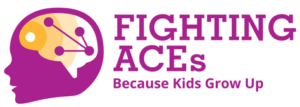
Sign up now for news, events, and education about Adverse Childhood Experiences (ACEs) and promoting resilience.
By submitting this form, you are consenting to receive emails from: Center for Child Counseling, 8895 N. Military Trail, Palm Beach Gardens, FL, 33410. You can revoke your consent to receive emails at any time by using the SafeUnsubscribe® link, found at the bottom of every email.
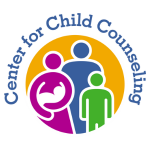

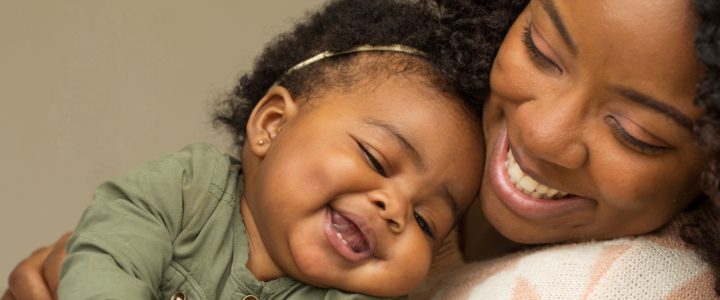
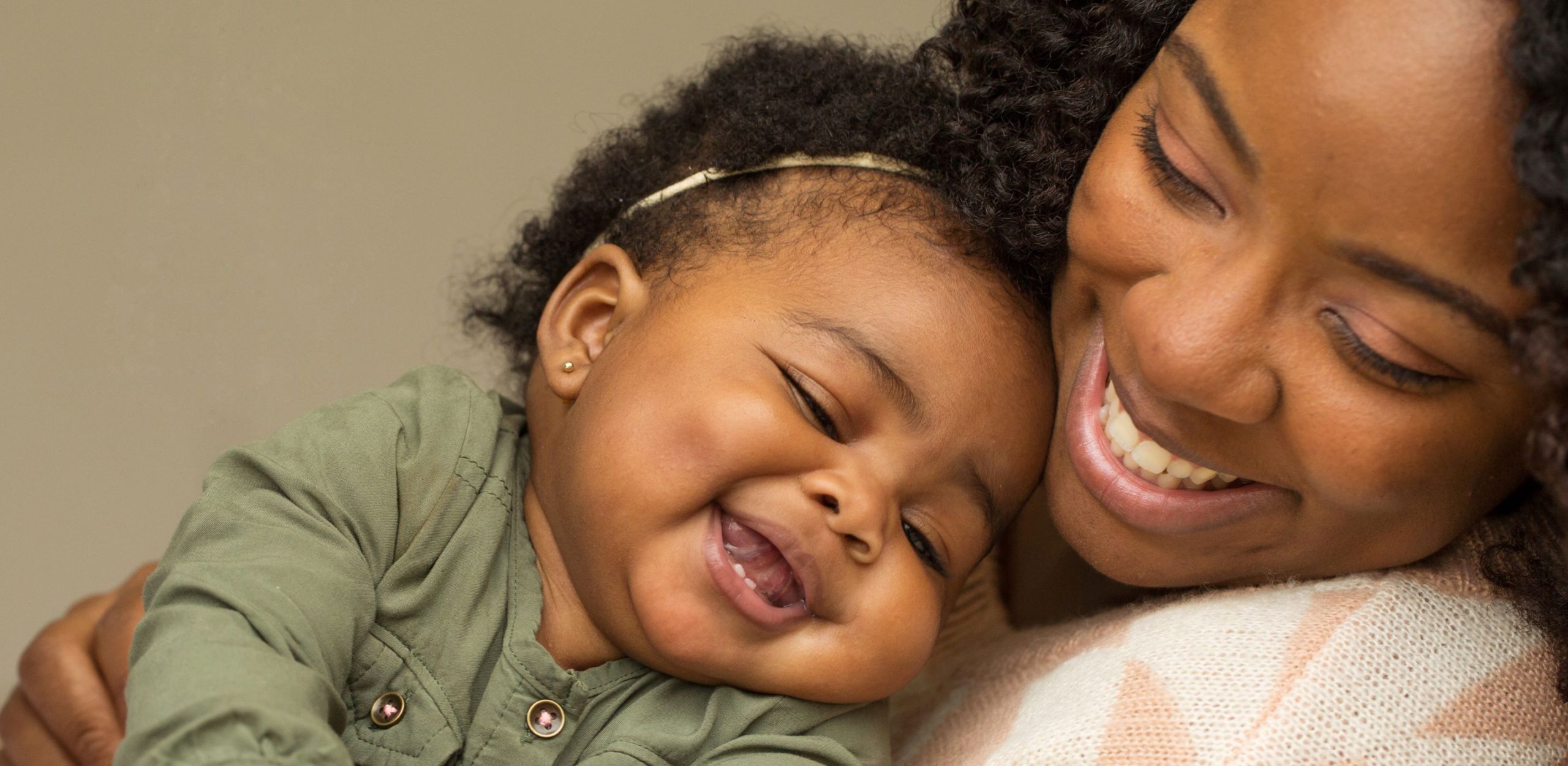
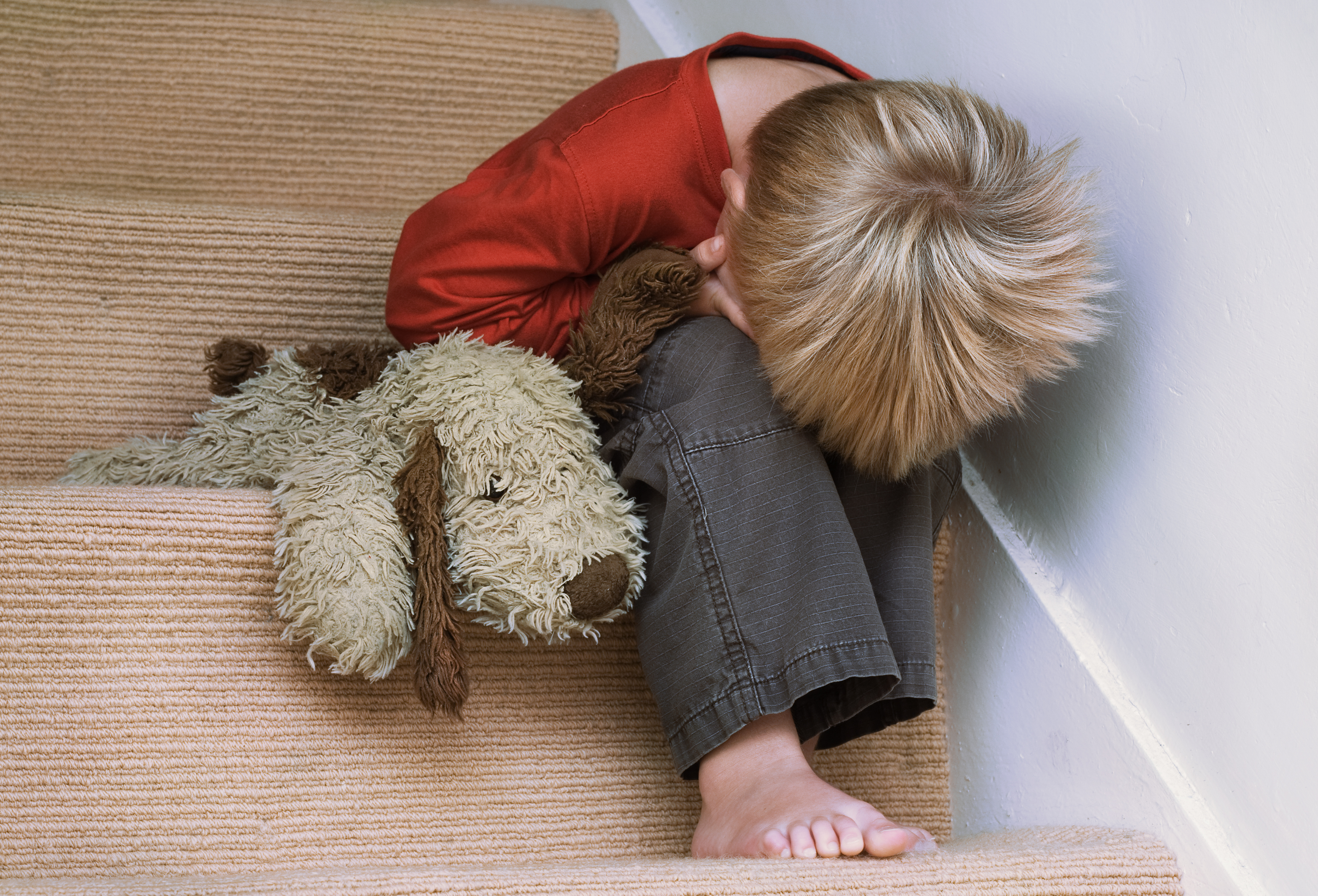 Clearly, the negative consequences of poor attachment show up early and can last throughout the lifespan. So, where do Adverse Childhood Experiences (ACEs) and attachment intersect? When we look at the original
Clearly, the negative consequences of poor attachment show up early and can last throughout the lifespan. So, where do Adverse Childhood Experiences (ACEs) and attachment intersect? When we look at the original  Even when children have missed out on vital primary caregiver attachment during the formative years, simple connection can go a long way to help them catch up developmentally. The old African proverb: it takes a village to raise a child has never been truer. Positive adult interactions can
Even when children have missed out on vital primary caregiver attachment during the formative years, simple connection can go a long way to help them catch up developmentally. The old African proverb: it takes a village to raise a child has never been truer. Positive adult interactions can 
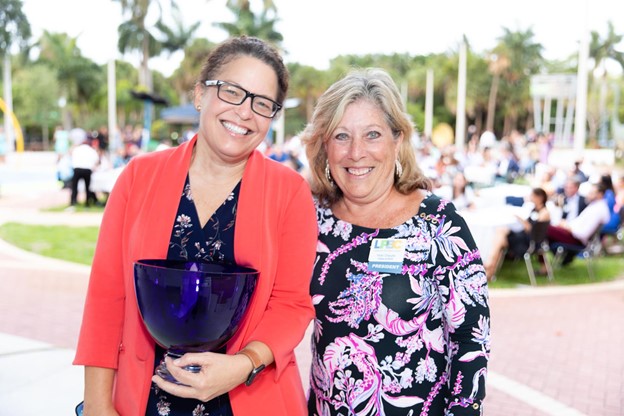



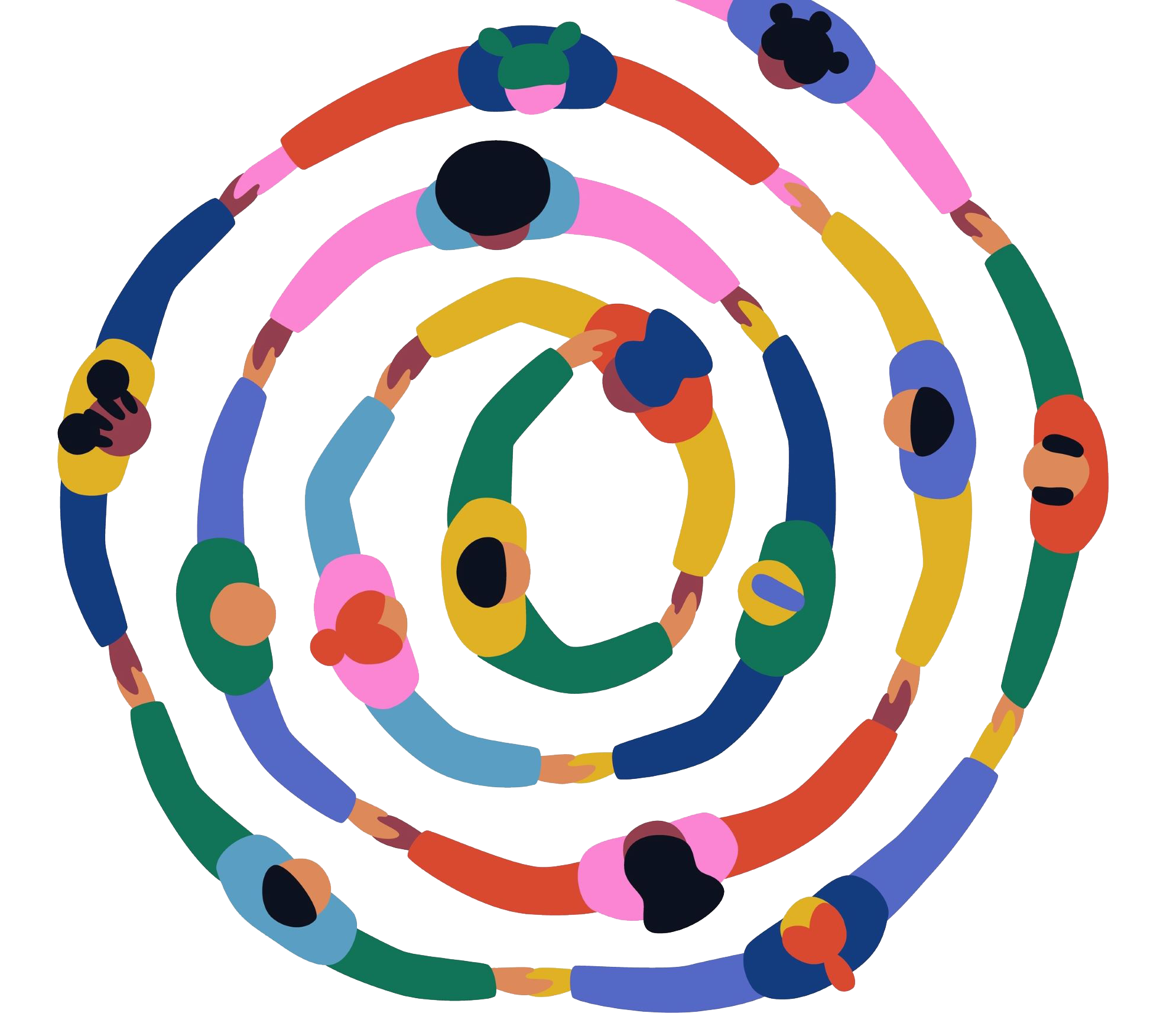
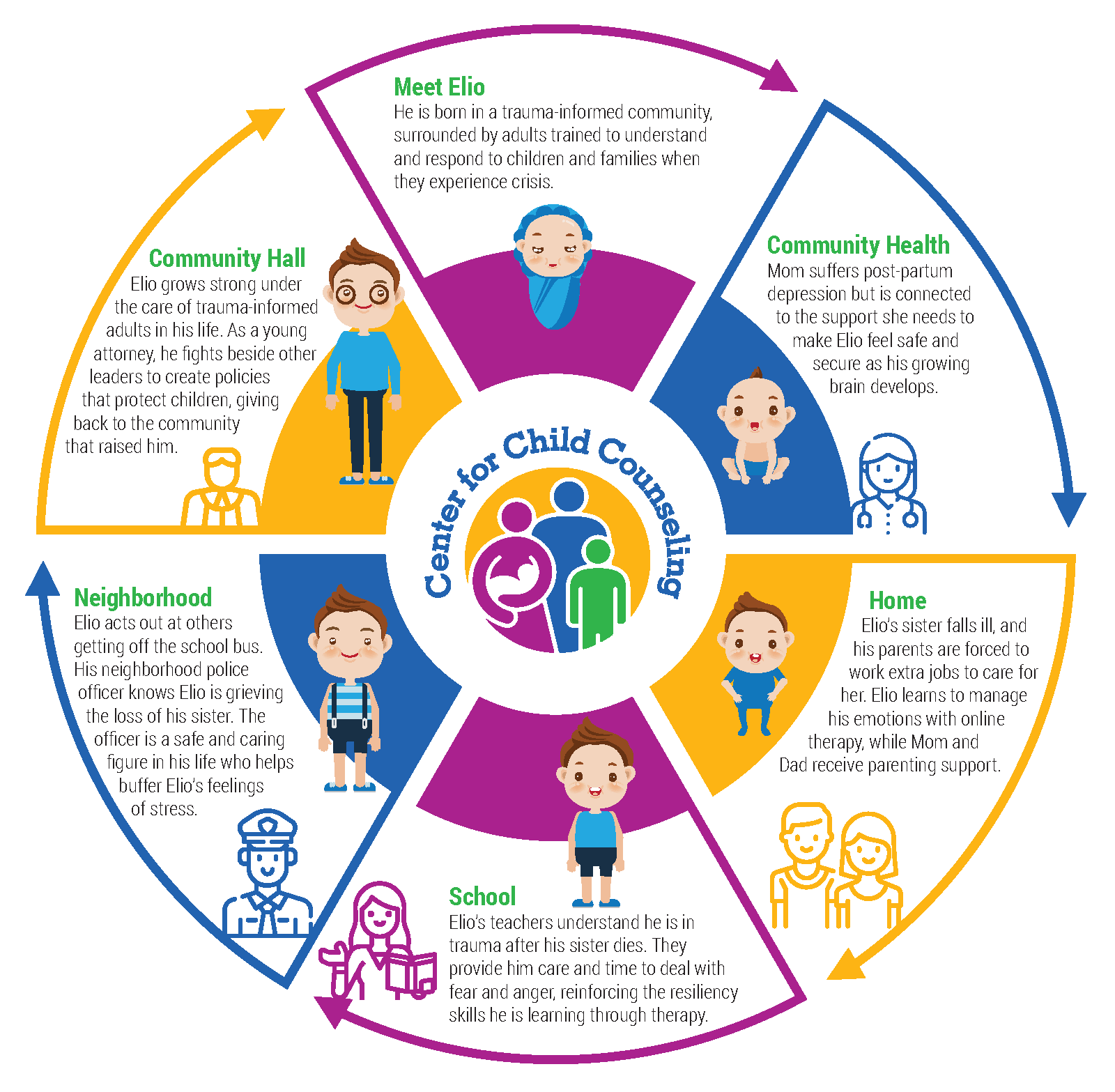 Our Role
Our Role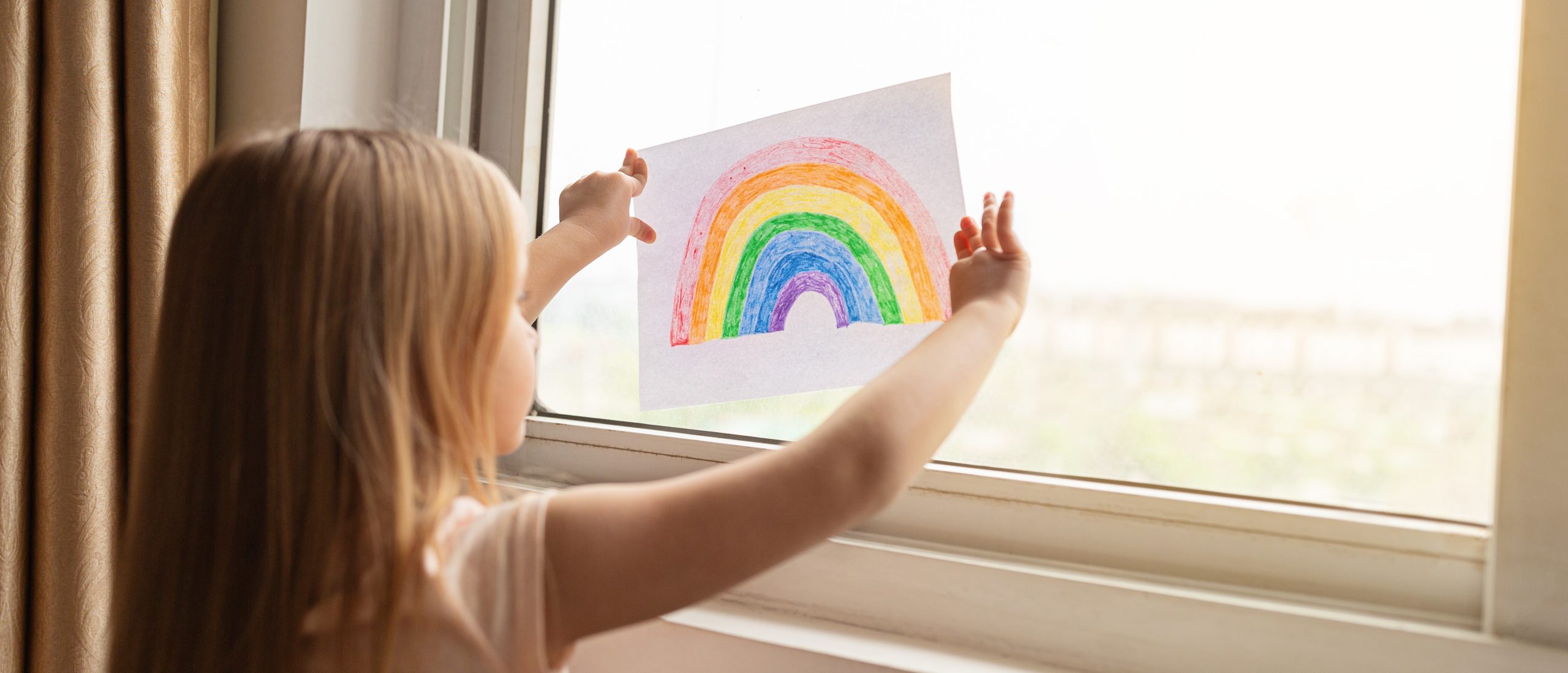
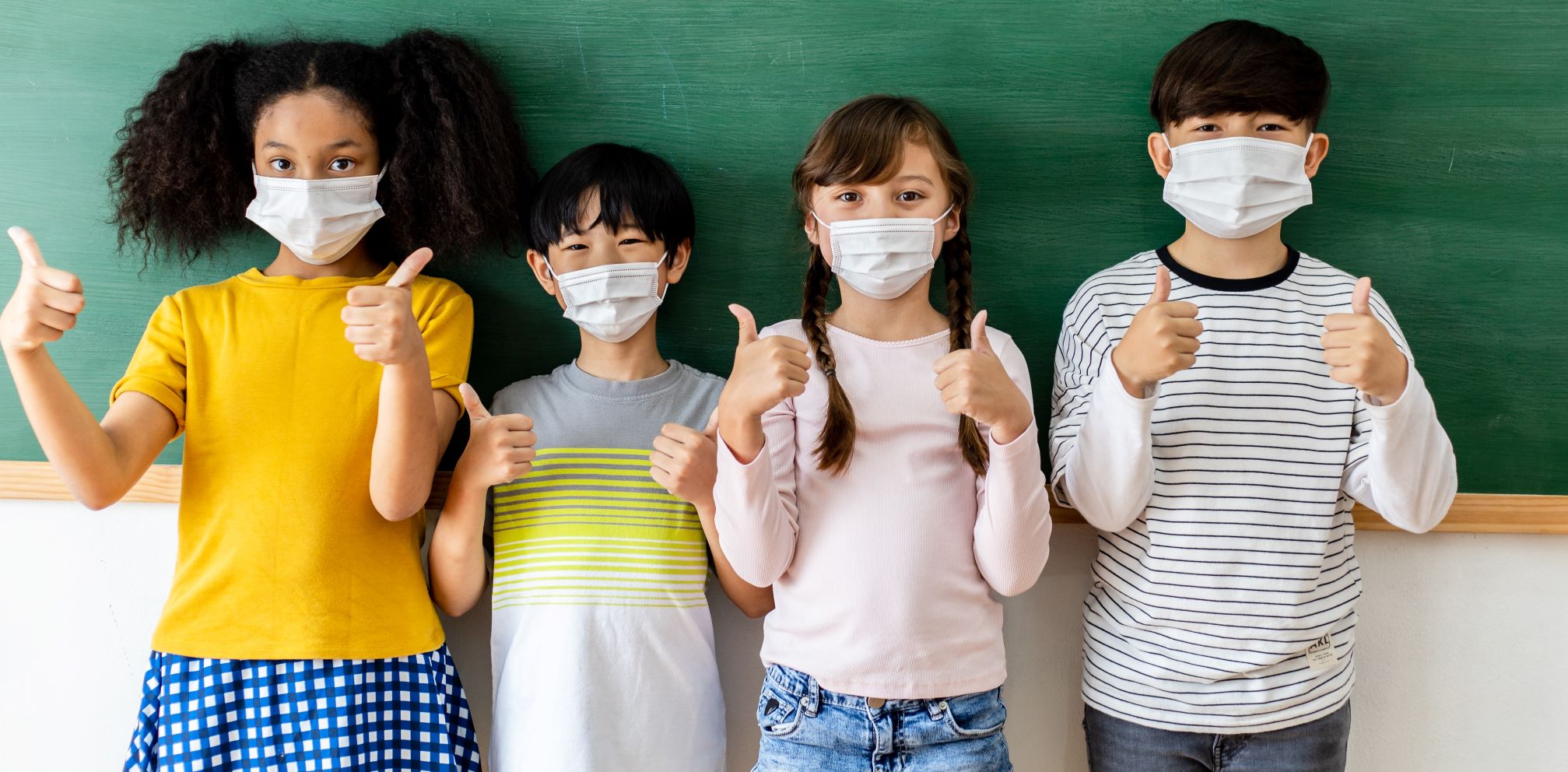
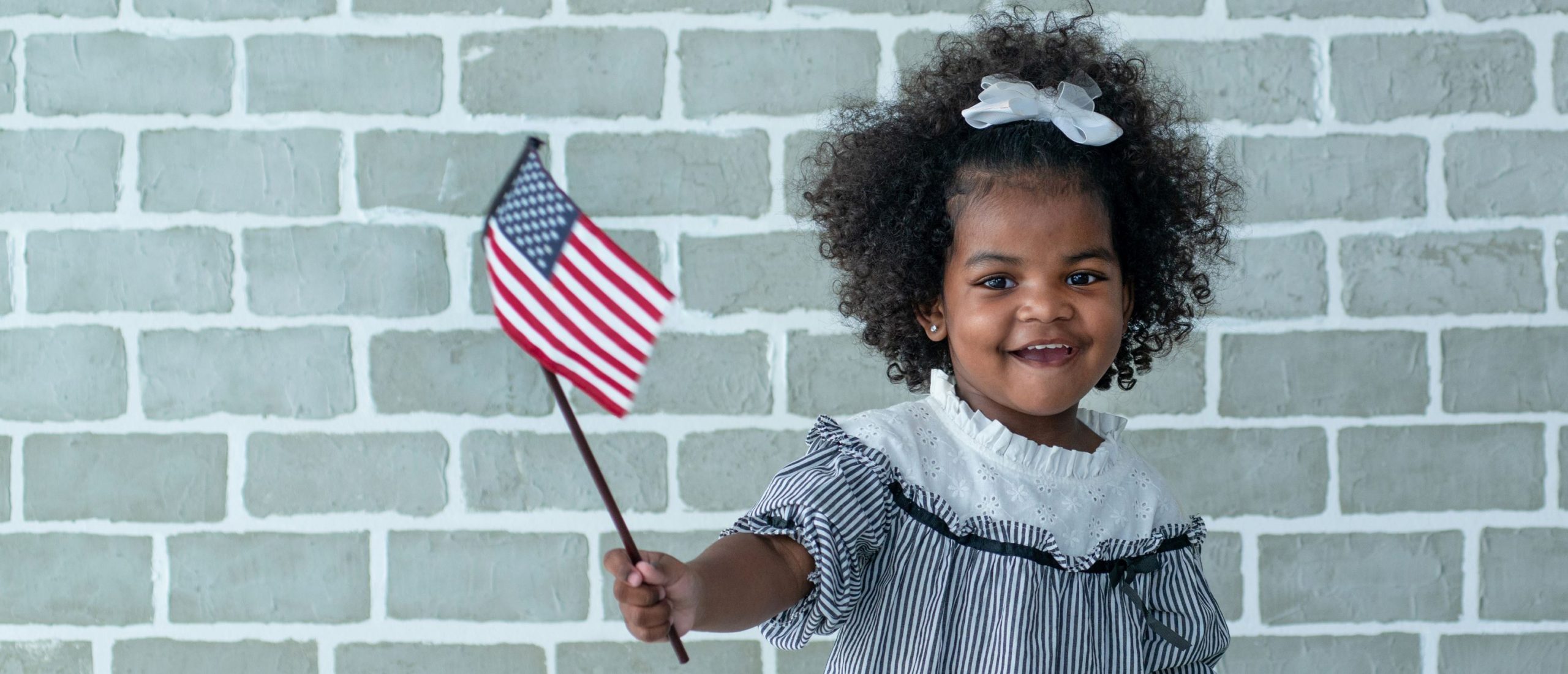

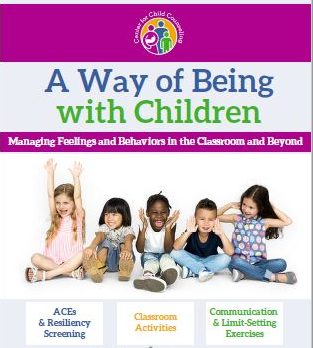 The curriculum includes a 78-page printed guide and online training modules based in the latest brain science and knowledge of early childhood development. The training will include background information as well as practical hints and tips for building better, stronger relationships with children.
The curriculum includes a 78-page printed guide and online training modules based in the latest brain science and knowledge of early childhood development. The training will include background information as well as practical hints and tips for building better, stronger relationships with children.